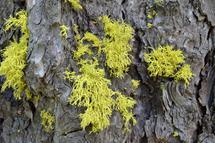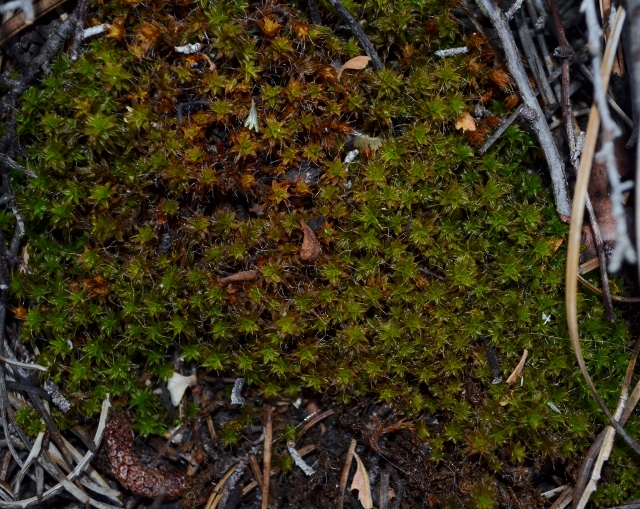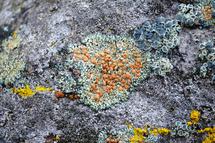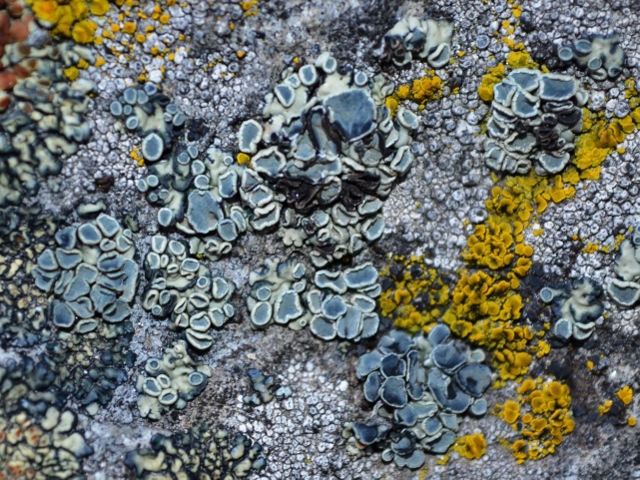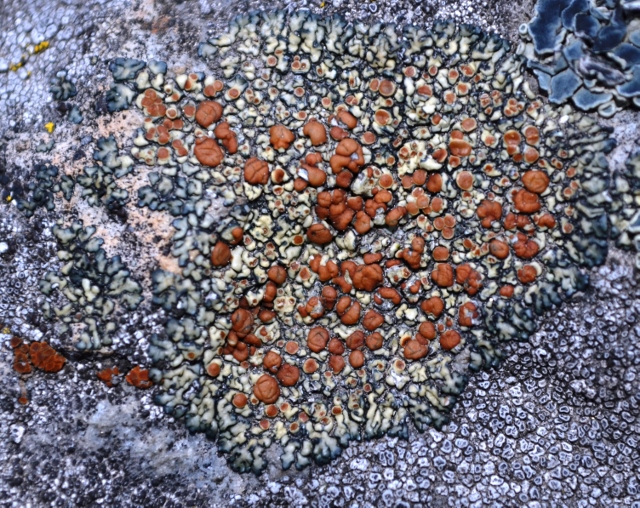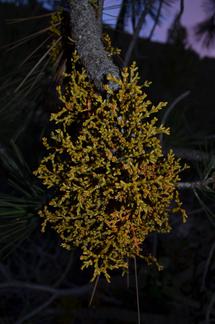saveourplanetearth.com
Call us: (775) 831-1331
Lichen, Moss and Dwarf Mistletoe
Parasitic and symbiotic relationships abound in life, as well as in nature. Lichen is a symbiotic relationship consisting of a combination of two living organisms: green algae and fungus.
The lichen absorbs its nutrients from the air and from the sun, as it does not have roots. The algal partner absorbs sunlight, using the energy harvested to make food from water and carbon dioxide, and by absorbing minerals from the environment.
The fungal partner provides the structure that protects the algae. This partnership can be described as a small ecosystem.
Lichens can live in extreme environmental conditions, from the arctic to the desert. They are among the first living things to appear on fresh rock exposed after a disaster, such as an earthquake, landslide or flood.
Lichen may appear to be parasitic on a tree but rather, the tree bark simply provides a surface on which to grow. Find lichen growing on surfaces such as tree bark, rocks, on the soil, even within the rock amongst the grains.
A growth that’s easy to spot is the wolf lichen, a full and highly branched, bright yellow-green lichen that grows on conifers including Douglas fir, ponderosa and lodgepole pines at high elevations.
It’s toxic to animals and has been used to make a fox and wolf poison. Plateau Indian tribes used it as a poultice for inflammation, sores and bruises and its bright color is conducive to making dyes.
Next time when hiking, consider bringing along a magnifying class to better examine the lichen growths on rocks. You should be able to find some elegant sunburst lichen, also green rock posy and map lichen. Lichens are quite beautiful, especially when magnified.
Many lichens are bright green to olive-gray when wet, fading to duller green or brown when conditions are drier. Some lichens possess special pigments, such as yellow usnic acid (pronounced “uhs-nik”), and display a variety of vibrant colors, including yellows, reds, oranges and browns.
Usnic acid is a bitter yellow substance and is found almost exclusively in lichens. Usnic acid has biological properties including antibiotic, antiviral, anti-inflammatory and anti-insect.
Lichen is sometimes confused with moss. Mosses are small, flowerless non-vascular plants that grow in damp and shady areas. A vascular system consists of the vessels and tissue that carry or circulate fluids in more complex plants. Mosses and algae possess simple tissues specialized for the internal transport of water.
There are over 12,000 species of mosses, small spore-bearing land plants growing throughout the world except in salt water. Identifying mosses properly requires a microscope but they are easily distinguished from lichen. Mosses have tiny individual leaves and stems, appearing plant-like, whereas lichen looks like a fungus.
While lichen is an attractive and benign growth on conifers in the area, dwarf mistletoe is a parasitic plant that can damage its host.
The bulk of this plant lives beneath the bark of the tree and derives its water and nutrients directly from the host’s vascular tissues. There is typically swelling of the branch at the infection point, with scaly shoots emerging 3-5 years after implantation.
Dwarf mistletoe has separate male and female plants, the females producing seed every year. The seeds are sticky, building up internal pressure until they explode, spewing up to 100 feet. The seeds which land on a proper host will sprout in the spring, creating a new infestation.
Parasites cannot survive if they kill their host so dwarf mistletoe tends to co-exist with its host tree. However, the infestation can weaken the tree, slowing its growth rate, reducing cone and seed production, increasing its susceptibility to bark beetles or wood rot.
In response to branch infestations, trees can produce what’s known as witch’s brooms – a dense proliferation of twigs and foliage, which, on the plus side, can serve as prime nesting locations for birds.
To fully absorb the amazing things that nature has on display, carry binoculars and a magnifying glass, and perhaps some knee pads. To aid in identifying the different species that you find, I can highly recommend the book, “The Laws Field Guide to the Sierra Nevada”. This comprehensive book includes information on area insects and birds, snakes and spiders, bats and rodents, trees and shrubs, wildflowers and even lichen. Find the link for purchase on the website saveourplanetearth.com.
Wolf Lichen
Moss
Map, Green Rock Posy and Elegant Sunburst Lichens
Map Lichen
Green Rock Posy and
Elegant Sunburst Lichens
Dwarf Mistletoe



